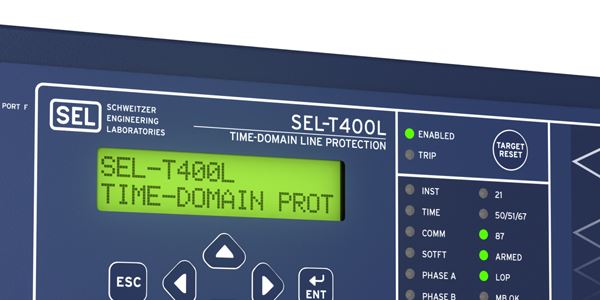How can hybrid relays only all the complications?
The hybrid relay uses the application of the static and mechanical relay, which are also termed as an electromechanical relay (EMR) and the solid-state relay (SSR). Philosophically, the hybrid relay creates a fruitful relationship between the low voltage drop and high reliability of the silicon semiconductors. Some of the significant applications of the hybrid relay include heater set-up and motor starters in the home.
One of the most critical challenges for the entire industrialist is to control the hybrid, and hence it is not easy that it seems from the term. Due to the occurrence of the voltage spikes between the mechanical switch and the silicon switch can create some electromagnetic noise emission. We have brought some of the best techniques in the article, which can help the users of the hybrid relays in preventing the voltage spikes.
How to control the voltage-spikes in the hybrid relay?
The people who select AC switch for the solid-state relay and electromechanical relay have their positives and negatives on the side. The solid-state relay can perform the reaction at a rapid pace, and there is no voltage bounce during the ON period, and no sparks arise during the turn OFF period. The leading cause is the EMI and the shorter-relay time in the solid-state relay. The electromechanical relay can make sure that there is no conduction loss in the entire process. The electromechanical relay also prevents the heat sink for the applications over 2A RMS. The electromechanical relay also establishes an insulation terminal between the driving coil and the power terminals of the relay. The insulation between the driving coil and the power terminal make sure that it renders the SCR or the silicon controlled rectifiers.
What is zero-voltage switching?
Many experts believe the fact that switching the electromechanical relays a close to zero voltage can provide them a longer life. The electromechanical relays can also tend to live longer when the whole switching process occurs at DC or DC voltage.
The switching on at the zero-voltage also increases the in-rush current, which can decrease the capacitive loads, which includes the electrical lamps, fluorescent tubes, and inverters. The switching on at the zero-voltage can also increase the life of the capacitor and can also regulate the recurrent voltage fluctuations inside the electrical appliance.






